Renovating the kitchen inside a historic home is bound to have its challenges – especially when it’s been vacant for over 30 years. Winner of our Design Contest’s Traditional Kitchen category, interior designer Lindsey Snodgrass of Golden Key Designs worked on a 1905 Greek Revival home in New Orleans, Louisiana, and completed its new kitchen to seamlessly blend in with its surrounding architecture. A master class in tasteful restoration, the kitchen maintains the character of the original home while modernizing the space for 21st-century life. Waterstone Design Contest judge Cara Fox of The Fox Group described the winning design as a “[combination of] timeless and classic style with a hint of modern luxury and convenience. It’s elegant and the use of materials is perfectly balanced.” We spoke to the designer on how exactly she married the old with the new through careful material and fixture choices.
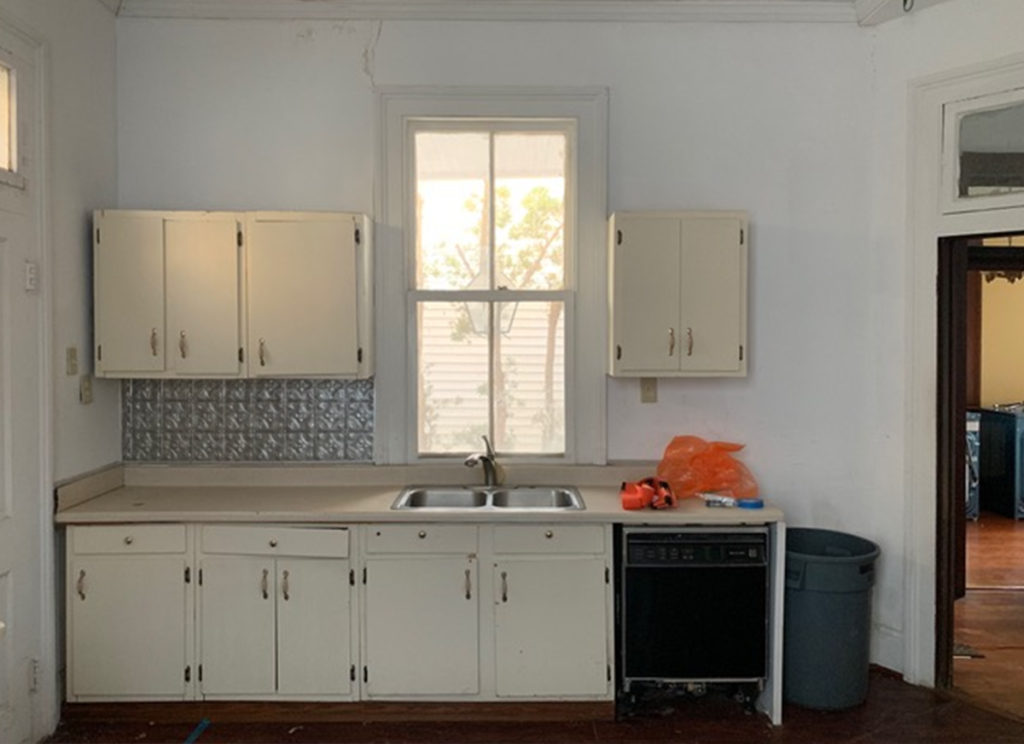
Before Update
1. You said this 1905 home had been vacant for over 30 years – what was the home and old kitchen like before the renovation?
The kitchen was definitely the number one area that needed care. It had a lot of termite damage. The ceiling had water intrusion problems and the cabinets were crumbling apart. On our first visit, there were even a couple squirrels in the ceiling!
The original exterior of the kitchen was very small and closed off from the rest of the house. The upstairs sun porch was actually falling down due to termite damage. The best option was to demo both and expand the kitchen across the entire width of the house. This allowed the kitchen to be much more open and functional for today’s lifestyle. It also allowed us to create a beautiful floor plan upstairs that added a primary suite.
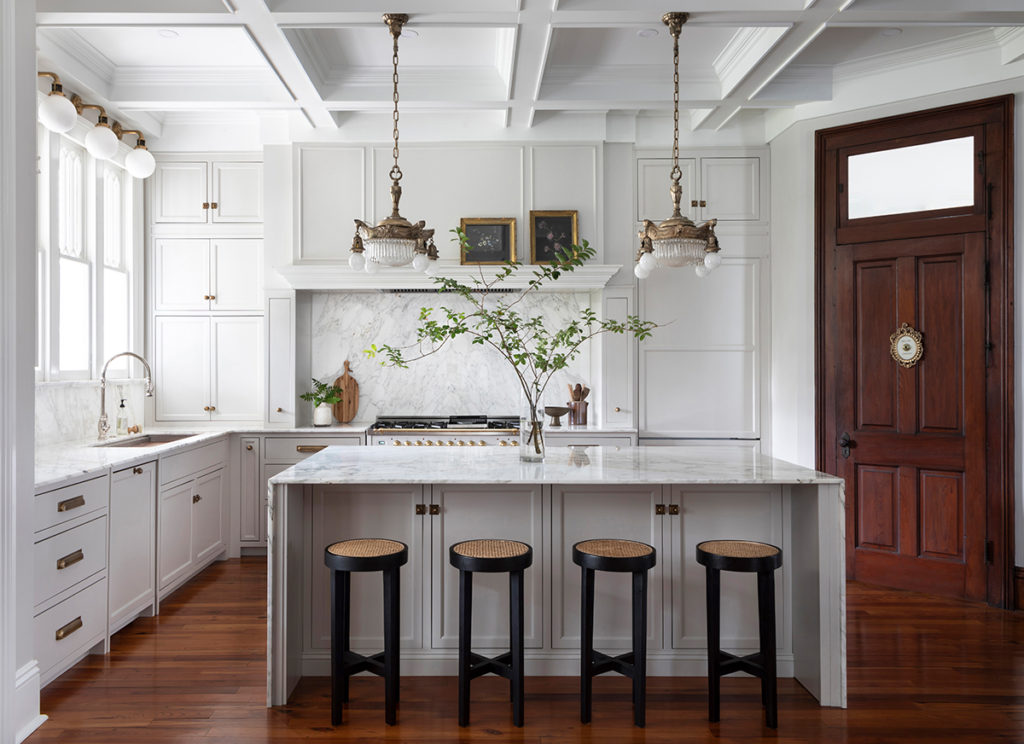
After Update
2. What were the challenges in designing the new kitchen and how did you overcome them to meet the design goals?
Our biggest goal was to carry the historical aspects throughout the new addition. We wanted it to be a seamless transition, and feel like it was always part of the home. The biggest challenge with this kitchen was probably the flooring. This doesn’t seem like a very fabulous aspect of the design, but to have the old floor tie seamlessly into the new, without a threshold or 1/2’’ rise was so important. I think how a floor transitions from one room to another, especially when it’s an addition, can dramatically make a difference in the overall flow and feeling of the space.
This was a raised home, which is very common in New Orleans, so it wasn’t as simple as laying a traditional foundation. To perfectly match the height of the original wood floors to the new flooring was a challenge. It was 100-year-old brick piers with rough cut wood sills and true 1’’ thick wood floors with no subfloor. Calculating it to match the exact height for new grade beams, with lumber that isn’t true to size as it used to be, adding subfloor and accounting for the thickness of modern long leaf pine floor boards was harder than it seems. Plus, most historical homes can easily be an inch off, over the entire width of the foundation that you’re tying into, so we had to account for that as well. It was a lot! I strongly believe it’s those details that make a difference in the outcome.
3. How would you describe the new kitchen’s style?
I would say it’s a modern twist on French country.
4. How did you balance maintaining the character of the old kitchen and modernizing it? Did the homeowners have specific requests on what to keep, or what to buy new?
Since this kitchen was almost completely new construction, we had to design the coffered ceiling, the trim work, the kitchen windows, everything from scratch and ensure it flowed with the rest of the home. It was important to keep and reuse as many of the old elements as we could. There was a total of six doorways with transoms that were removed and reused throughout the home. You can see the original wood door in the kitchen, it used to lead outside, but now it leads into the laundry room. We kept the same angle of the doorway to match how it originally was leading into the kitchen, except it’s about 10’ over after widening the room. You don’t see it in these photos, but the living room doorway mimics the same angle, so we felt it was an important architectural aspect to keep.
Once we had the historical aspects finalized we were then able to add in the modern elements. The beautiful Paonazzo marble, the recessed panel on the island waterfall is probably one of my favorite elements. I think that was the perfect blend between modern and traditional. We also mixed new light fixtures with old ones. I am a big fan of Ralph Lauren’s line through Visual Comfort. The McCarren sconces modernized the lighting and complimented the vintage pendants perfectly. Then the custom stove really tied it all together in a perfect way.
5. The Waterstone Extended Reach Faucet fits so naturally into the space. How did you decide on this faucet and what does it contribute to the kitchen’s design?
This kitchen needed a faucet that could be a feature all on its own. The extended reach couldn’t have looked better, the classic design went perfectly with this kitchen. Plus, it was honestly a must for the functionality of the 45’’ workstation sink.
6. Why did you decide to go with our Polished Nickel finish for this space?
One of my go-to’s for historic homes is polished nickel. It’s just timeless to me. A fun fact is that nickel was the preferred finish in homes from about 1880-1930. I love the understated warmth it brings to a space.
7. How does the classic design of this kitchen relate to other kitchens you’ve worked on? Do you usually design historic homes or is this one particularly unique?
Living in New Orleans I am blessed with a surplus of historic homes to work with. I think every designer has a particular style that is close to their heart. This is mine. My designs tend to gravitate toward old world meets new and this kitchen is a perfect example of that.


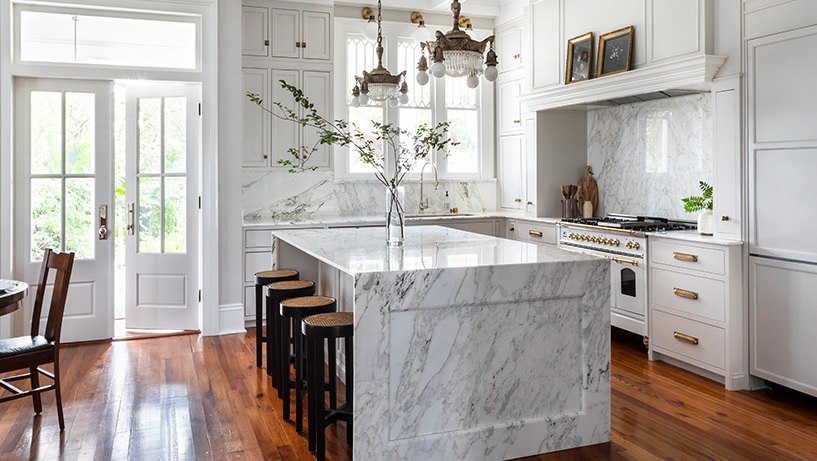
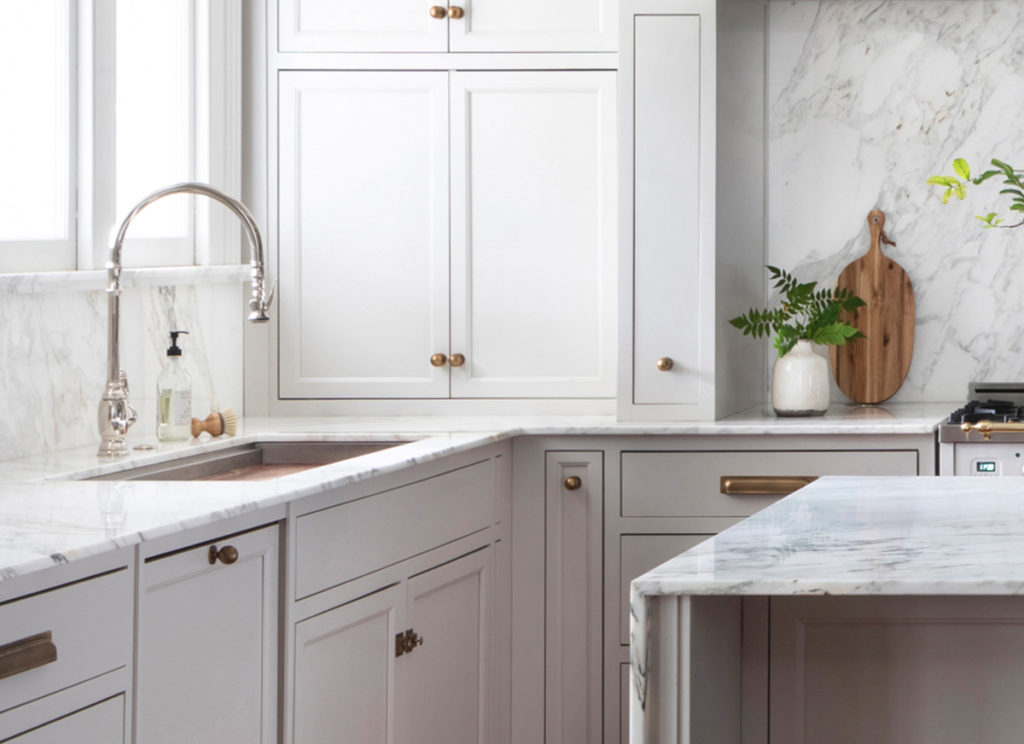
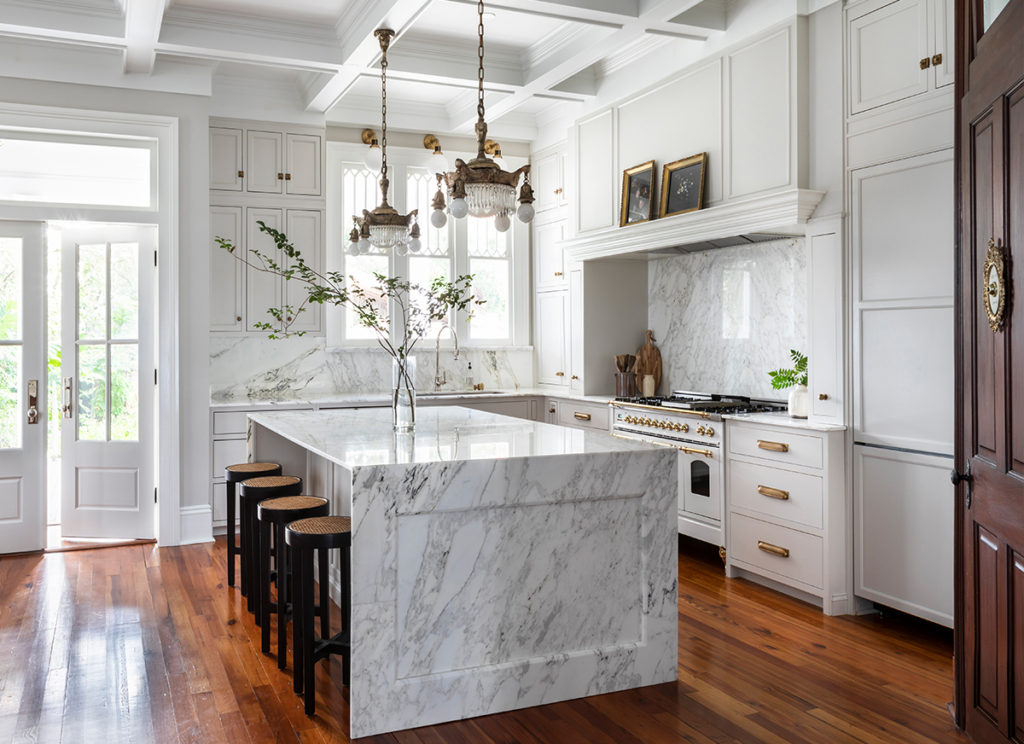
Comments are closed.